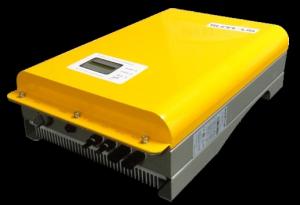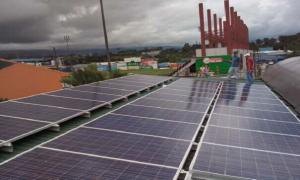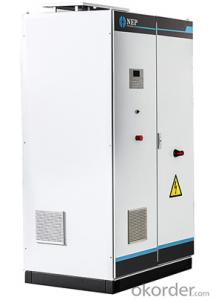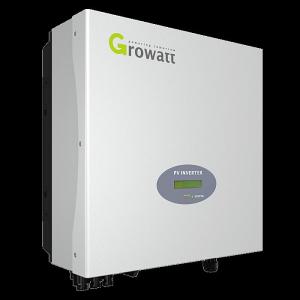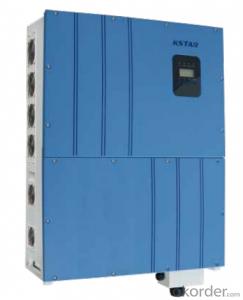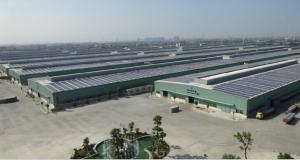Grid Tie Inverter Solar Kit
Grid Tie Inverter Solar Kit Related Searches
Solar Grid Tie Inverter Kit Grid Tie Inverter Solar Grid Tie Solar Inverter Grid Tie Inverter Solar Panel Grid Tie Hybrid Solar Inverter Solar Grid Tie Inverter Solar System Grid Tie Inverter Hybrid Grid Tie Solar Inverter Grid-Tie Solar Inverter Sun Grid Tie Inverter Solar Hybrid Grid Tie Inverter Solar Grid Tie Micro Inverter Solar Inverter Grid Tie Grid Tie Solar Inverter Price Best Grid Tie Solar Inverter Best Solar Grid Tie Inverter 1kw Solar Grid Tie Inverter Grid-Tied Solar Inverter 10kw Solar Grid Tie Inverter 3kw Solar Grid Tie Inverter Solar Grid Tie Inverter Price 5kw Solar Grid Tie Inverter Solar Grid Tied Inverter 1000w Solar Grid Tie Inverter Nep Solar Grid Tie Inverter Grid Connected Solar Inverter Solar Inverter Kit Mpp Solar Grid Tie Inverter Solar Grid Inverter Power Inverter Solar KitGrid Tie Inverter Solar Kit Supplier & Manufacturer from China
A Grid Tie Inverter Solar Kit is a comprehensive system designed to harness solar energy and convert it into usable electricity for homes and businesses. This kit typically includes solar panels, an inverter, mounting hardware, and necessary wiring to connect the system to the electrical grid. The Grid Tie Inverter Solar Kit allows users to generate clean, renewable energy while also reducing their reliance on traditional power sources.The Grid Tie Inverter Solar Kit is widely used in various applications, such as residential homes, commercial buildings, and even small-scale utility projects. By utilizing solar energy, users can significantly lower their electricity bills and contribute to a more sustainable environment. The kit is particularly beneficial in areas with abundant sunlight, as it maximizes energy generation and efficiency. Additionally, the Grid Tie Inverter Solar Kit can be easily integrated into existing electrical systems, making it a convenient and practical solution for many users.
Okorder.com is a leading wholesale supplier of Grid Tie Inverter Solar Kits, offering a vast inventory of high-quality products to cater to the growing demand for renewable energy solutions. With a commitment to providing reliable and efficient solar kits, Okorder.com ensures that customers receive the best possible products at competitive prices. By partnering with Okorder.com, customers can take advantage of their expertise and extensive inventory to find the perfect Grid Tie Inverter Solar Kit for their specific needs.
Hot Products











